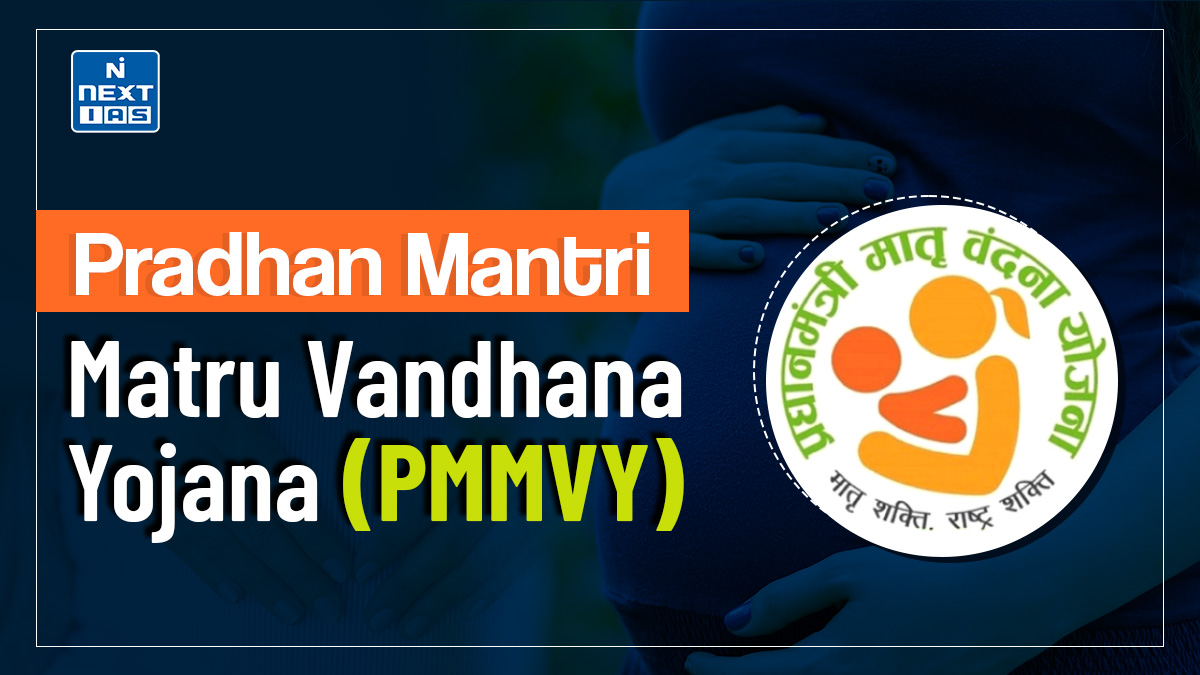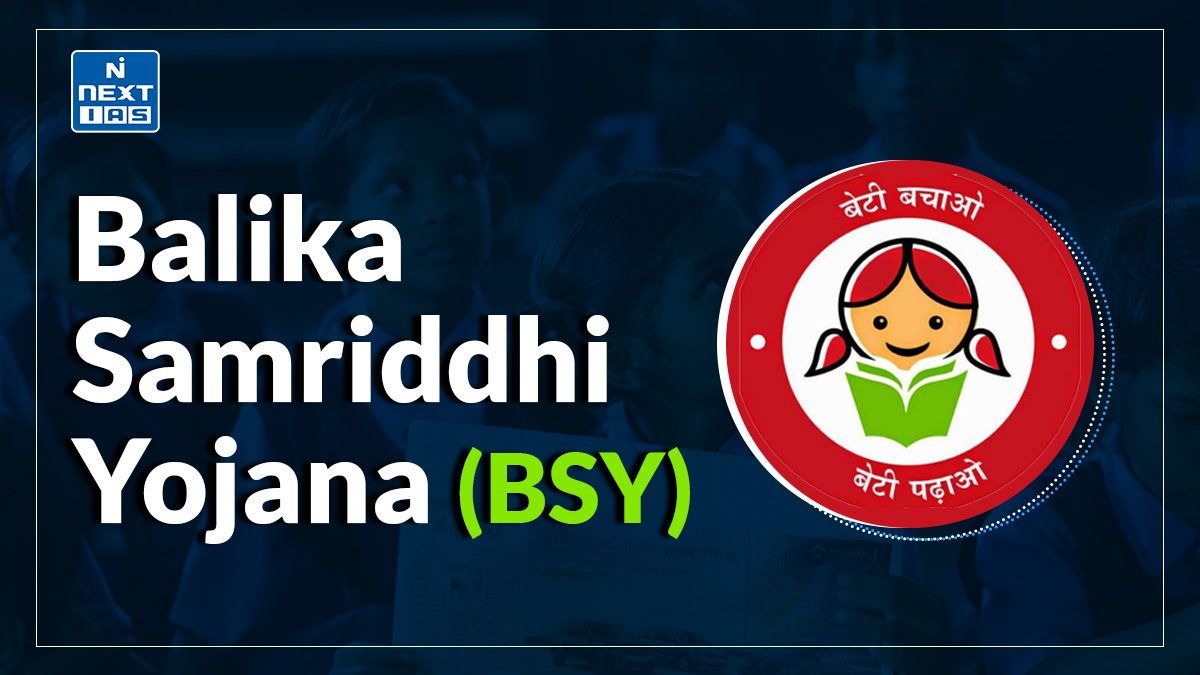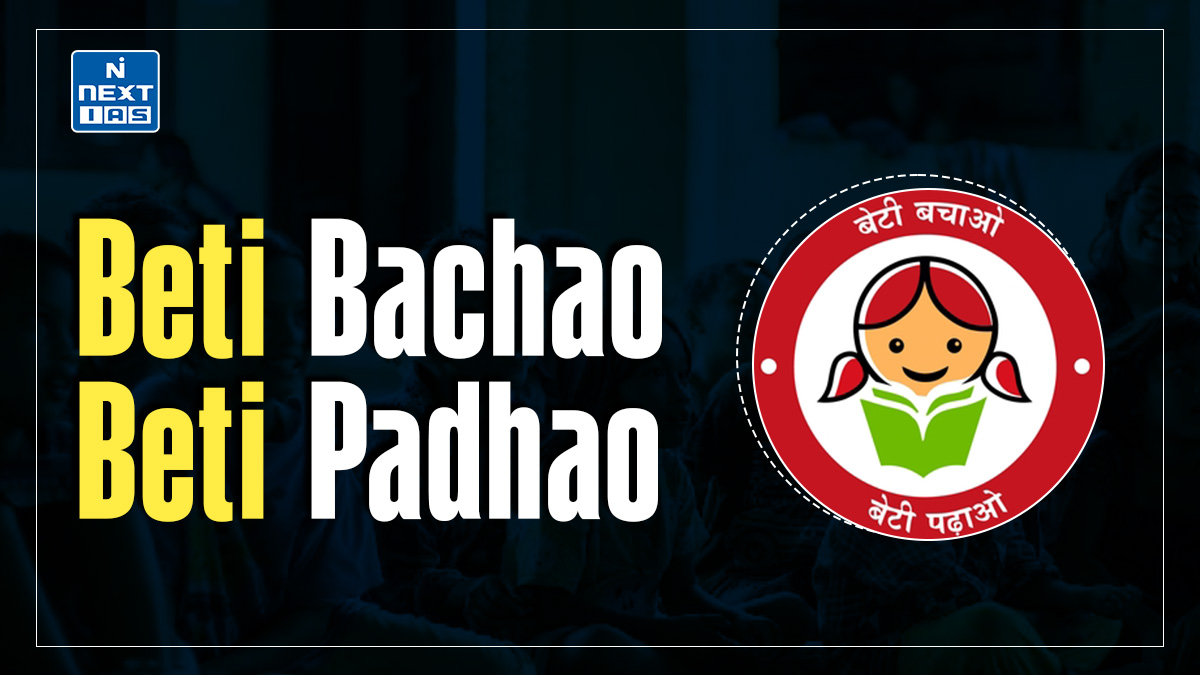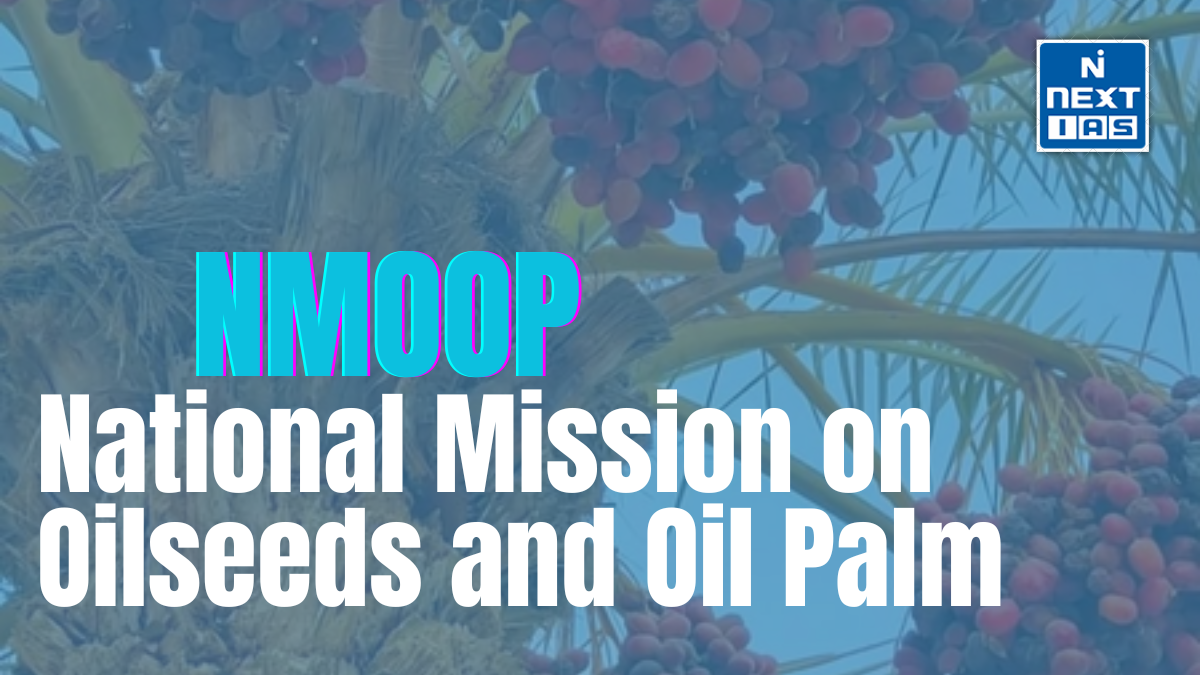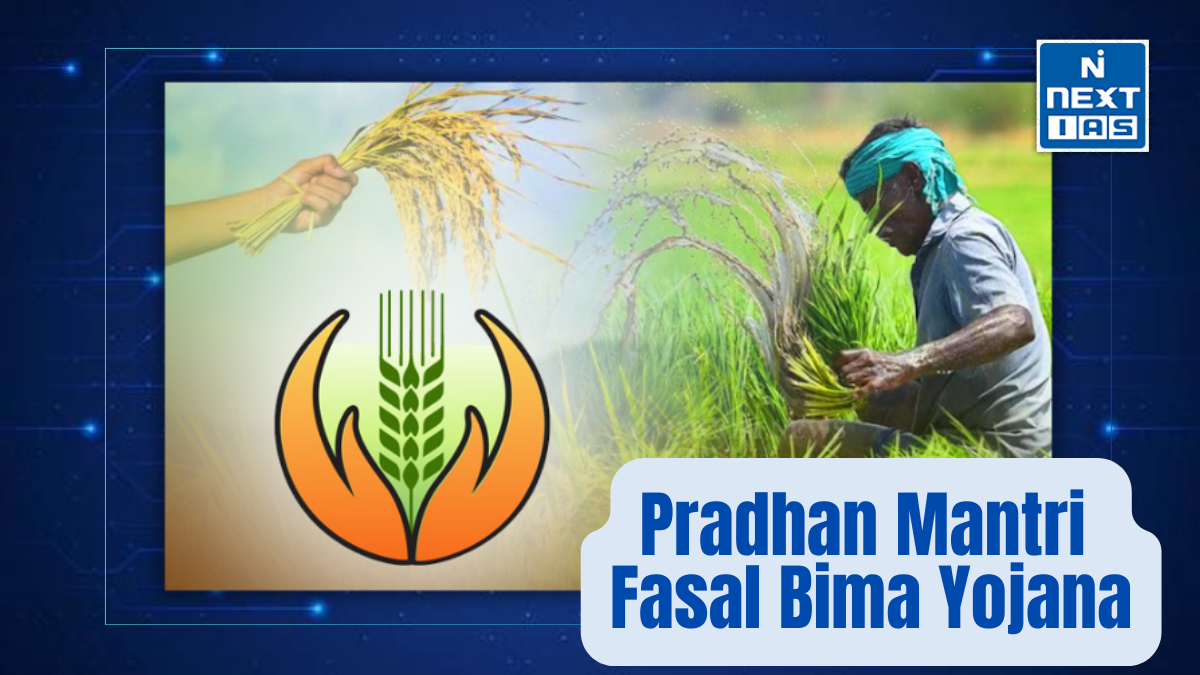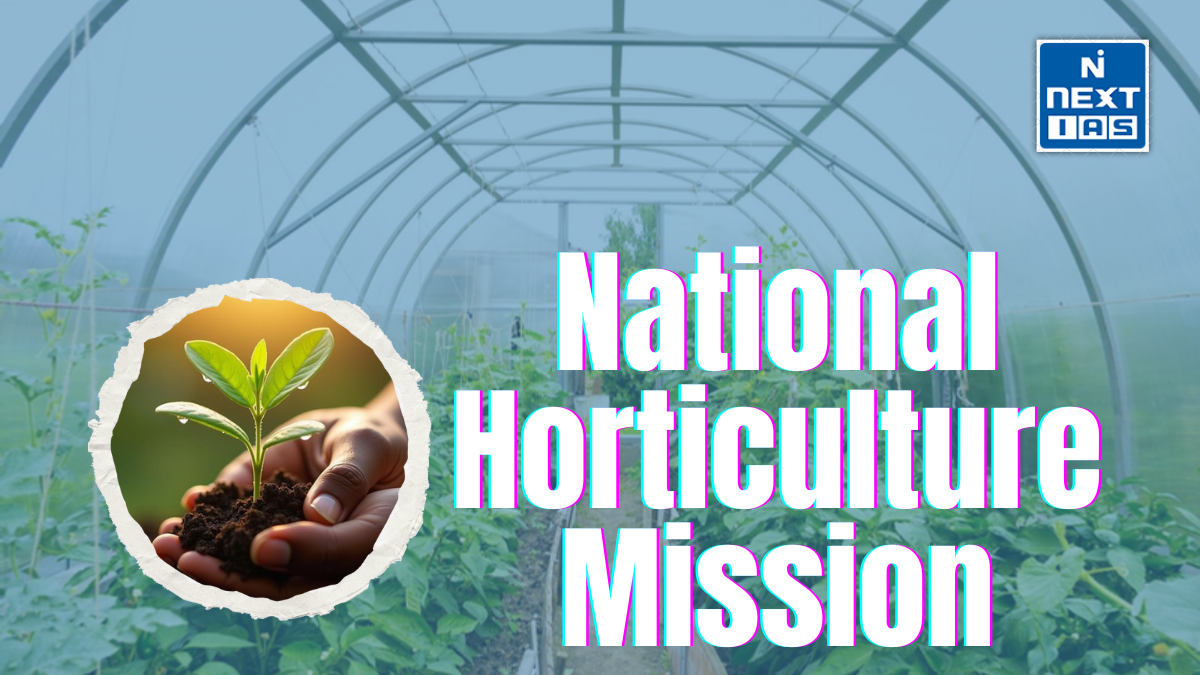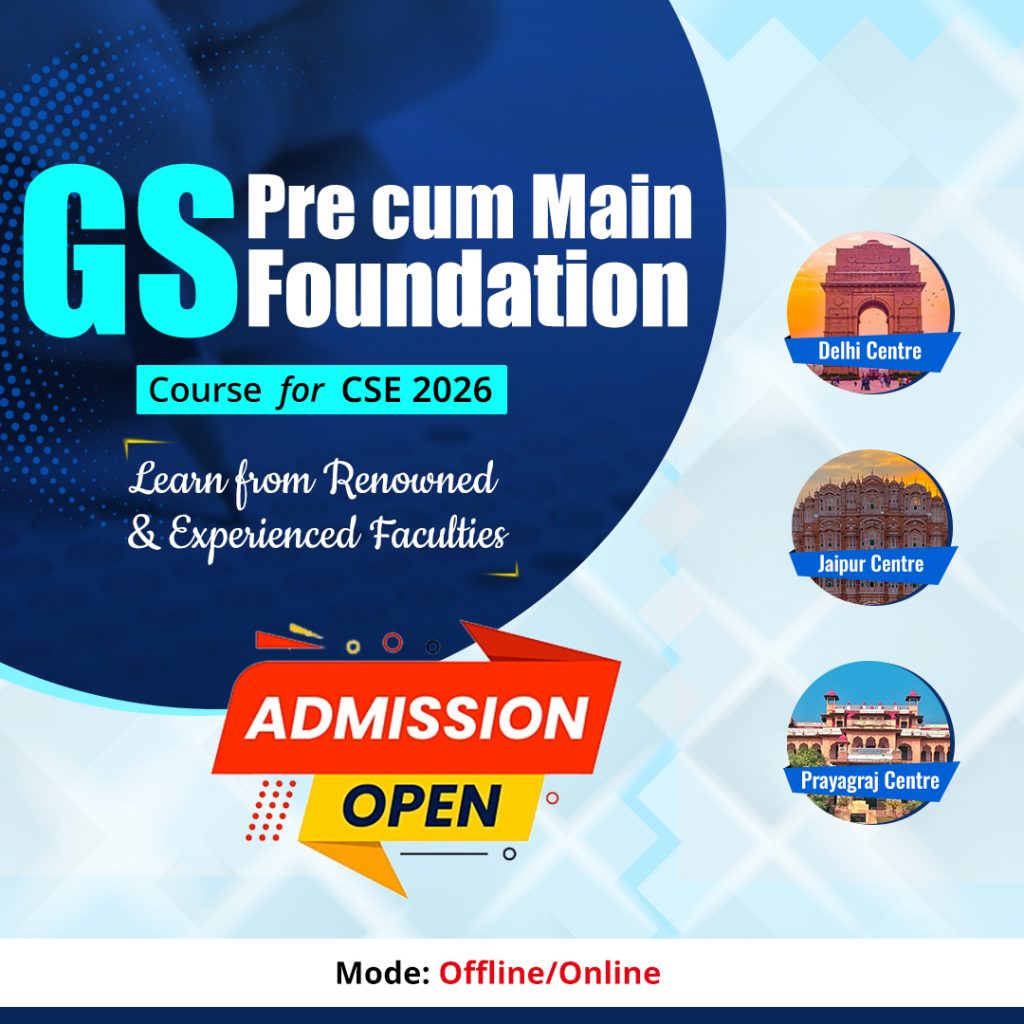
The Rajiv Gandhi Scheme for Empowerment of Adolescent Girls (RGSEAG), or, as it is sometimes called, Sabla, is a scheme launched by the government in 2010 to empower girls aged 11-18. This program aims to improve adolescent girls’ health, nutrition, and education in conjunction with imparting life skills, vocational training, and training on critical issues for their holistic development.
About the Rajiv Gandhi Scheme for Empowerment of Adolescent Girls (RGSEAG: Sabla
- This scheme which by its name is commonly known as Sabla has been put into effect from the year 2010 onwards under the aegis of the Ministry of Women and Child Development.
- The scheme has been targeted towards the adolescent girls in the age group of 11 to 18 years to prom-ote their health, nutrition, and all-around development.
- Its main objective is to enhance their nutritional status while empowering them through education, life skills, and other vocational training.
- This scheme intends to include a survey program that will incorporate several other government schemes, like Integrated Child Development Services, which specify the basic docket of supplementary nutrition, health check-up, and some awareness about reproduction and hygiene rights.
- In addition, non-formal education, counseling, and guidance on some critical issues, such as child marriage, gender equality, and career planning will be important parts of the entire scheme.
- Implementing the scheme into selected districts of the country, the Sabla scheme basically aims at creating an environment where an adolescent girl finds requirements for her development, such that he becomes fully equipped in the area she is to step into with all skill and knowledge to live an empowered life and contribute meaningfully to society.
Features of the Rajiv Gandhi Scheme for Empowerment of Adolescent Girls (RGSEAG): Sabla
The objective is to provide nutritional support to girls aged 11 to 18 years to fight malnutrition.
- Health and Hygiene Awareness: Creates awareness on adolescent health with menstrual hygiene and reproductive health through health check-ups and counseling.
- Life Skills and Education: Provides training for life skills, non-formal education, and information on urgent issues like child marriage, gender equality, and human rights.
- Vocational Training: Trains girls from 16 to 18 years of age in vocational skills with a view to enhancing their employability and economic independence.
- Integration with ICDS: Unites Anganwadi centers for adequate grassroots service delivery.
- Community Participation: Create community involvement to build an enabling environment for adolescent girls.
- Awareness and Guidance: Offers guidance on career opportunities, leadership, and self-development.
Significance of the Rajiv Gandhi Scheme for Empowerment of Adolescent Girls (RGSEAG): Sabla
The Rajiv Gandhi Scheme for Empowerment of Adolescent Girls (RGSEAG): Sabla is very pivotal and significant in making the development for and empowering the adolescent girls in India. The significance of this scheme is discussed in the points mentioned below:
- Improved Health and Nutrition: Healthy and hygiene-aware Sabla leads towards better physical wellbeing just at a stage when it develops to be more crucial.
- Reduction in Gender Inequality: The scheme trains and empowers girls with education, life skills, and vocational training against adverse traditions of masculinity and promotes gender equity.
- Rights and Opportunities Awareness: Sabla provides know-how and much awareness to girls on their rights, reproductive health, as well as career options, thus making possible informed decisions.
- Prevent Early Marriage: The scheme promotes education along with the life skill development that will delay early marriages and creates independent lives.
- Economic Empowerment: With the help of vocational training increasing the employability, girls are now empowered to participate economically in their families and communities.
- Holistic Development: The program is geared towards bringing girls into wholeness through the conjunction of their physical, mental, and social development into a complete package to raise girls into empowered confident beings.
Sabla is a step forward toward breaking out of the poverty cycle and brings girls out of gender disparity into an empowered future of their own making.
Lacunae in the Rajiv Gandhi Scheme for Empowerment of Adolescent Girls (RGSEAG): Sabla
The Rajiv Gandhi Scheme for Empowerment of Adolescent Girls (RGSEAG): Sabla is a good scheme for the development of adolescent girls , but some gaps hinder the effectiveness of it:
- Limited Coverage: The scheme is currently implemented in selected districts, and thus, many adolescent girls will still not be able to avail of its benefits.
- Poor Infrastructure: Many Anganwadi Centers (AWCs), which are very critical for service delivery, don’t have proper infrastructure and resources for the effective use of the scheme.
- Limited Awareness: Limited awareness among target beneficiaries and the community about the scheme restricts its reach and impacts.
- Absence of Skilled Staff: The scarcity of trained manpower including Anganwadi workers and vocational trainers is an important constraint in service delivery.
- Fragmented Implementation: Poor coordination between various stakeholders, health and education departments cause inefficiencies.
- Irregular Monitoring: Weak monitoring mechanisms with lack of quality data tracking do not allow effective evaluation and improvement of the scheme.
- Resource Constraints: Insufficient allocations and delays in fund disbursement affect timely execution of planned activities. All these gaps need to be addressed if the scheme is really aspiring to achieve its intended outcomes and empower the adolescent girls more comprehensively.
Key Pointers about The Rajiv Gandhi Scheme for Empowerment of Adolescent Girls (RGSEAG): Sabla
- Year of Launch: 2010, introduced by the Ministry of Women and Child Development.
- Target: An adolescent girl aged 11-18 years, with focus on out-of-school adolescent girls.
- Coverage: Select districts across India.
- Objectives:
- Improves nutrition and health status.
- Enhances life skills and awareness.
- Vocational training imparted to girls aged 16-18 years.
- Services Rendered:
- Supplementary nutrition (600 calories, 18-20g protein) per day.
- Medical checkup and awareness on hygiene and reproductive health.
- Non-formal education and counseling.
- Delivery Mechanism- Integrated into Anganwadi Centers (AWCs) under the Integrated Child Development Services (ICDS) scheme.
- Focus Areas: The areas to be addressed include child marriage, gender inequality, and career planning.
- Model of Implementation: Community-Based Participation and Delivery Approaches.
Way Forward
To maximize the effectiveness of Sabla, the scheme must focus on the national-level expansion, stringent monitoring, and use of technology for enhanced delivery. Enhancing community participation, integration with education and skill development initiatives, and ensuring sustainable funding will provide further empowerment to adolescent girls, encouraging gender equality and holistic development throughout India.
Conclusion
There are several noteworthy initiatives undertaken by the government of India to uplift the health, education, and employment of adolescent girls. The Rajiv Gandhi Scheme for Empowerment of Adolescent Girls (Sabla) is one of these initiatives. It is an important program for empowering adolescent girls through well-being, life skills, awareness and nutritional supplements. These interventions help girls break barriers in achieving their potential and seeing a meaningful life for themselves, family, community, and society at large.
